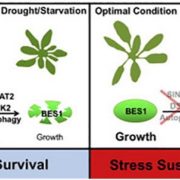
Selective autophagy of BES1 mediated by DSK2 balances plant growth and survival
0 Comments
/
Brassinosteroid (BR) signaling promotes growth and development by regulating gene expression through the BES1 and BZR1 transcription factors. Nolan et al. show how plants balance growth and stress tolerance by cross-talk between the BR and autophagy pathways. Under environmental stresses, BES1 is targeted…

The preprophase band of microtubules controls the robustness of division orientation in plants ($)
Every student of plant cell biology learns that the future plane of cell division is marked very early in mitosis by the preprophase band (PPB), a band of microtubules that forms around the periphery of the cell. Prior experimental studies have suggested that the PPB is necessary for proper placement…
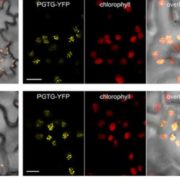
LOCALIZER: Subcellular localization prediction of both plant and effector proteins in the plant cell
Proteins carry sequence tags that are read by cellular machineries that deliver the proteins to their proper destinations, which include the nucleus, mitochondria and plastid. Many pathogen effector proteins have acquired such targeting tags too, but for these can sometimes be cryptic to bioinformatics…
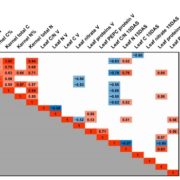
Exploiting maize genetic diversity: Metabolomic, enzyme activity profiling, and metabolic modelling to link leaf physiology to kernel yield ($)
The path from genome to phenome is difficult to predict. Cañas et al. tried to identify biochemical markers that are correlated with kernel yield that could be selected for in breeding. Specifically, they collected data from metabolomics, enzyme activity assays and metabolic modeling, taken during the…
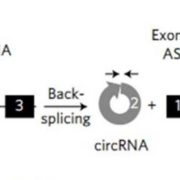
A circRNA from SEPALLATA3 regulates splicing of its cognate mRNA through R-loop formation ($)
Circular RNAs (circRNAs) are a recently discovered form of stable, covalently-closed RNA found in all domains of eukaryotic life. The origins and functions of circRNAs have been under intensive investigation. Often, circRNAs consist of one or more exons, often corresponding to skipped exons from genes…
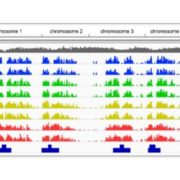
Non-random domain organization of the Arabidopsis genome at the nuclear periphery
Chromatin in the nucleus is not randomly arranged. In animal cells, studies have identified an enrichment for non-genic or silenced DNA near the nuclear envelope, as demonstrated by its association with the nuclear lamin proteins. Plants don’t have proteins like animal lamins, but a few envelope-associated…
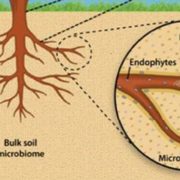
Review: Tale of Huanglongbing disease pyramid in the context of the citrus microbiome ($)
Huanglongbing (HLB or Citrus Greening Disease) has caused enormous economic losses in major citrus production areas, including Florida. The Huanglongbing disease pyramid consists of the bacteria Liberibacters, citrus psyllid vectors (insects), citrus hosts, and the environment in which they all exist. …
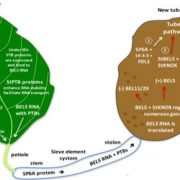
Update: The multiple signals that control tuber formation
Potato is an important food crop, but unlike most of the other major foods, it is a tuber, not a seed. Classic studies showed that there is a mobile, photoperiod-induced signal that moves from the shoot to the stolen tip (an underground, stem-like structure) to initiate tuberization. Experimental studies…

Review: The unfolded protein response in development, defense, and stress
The unfolded protein response (UPR) is a eukaryote-wide signalling pathway in which unfolded proteins in the ER (often caused by abiotic stress) initiate signals transduced to the nucleus that lead to the expression of stress-response genes. Bao and Howell review the UPR in plants. They describe two…

